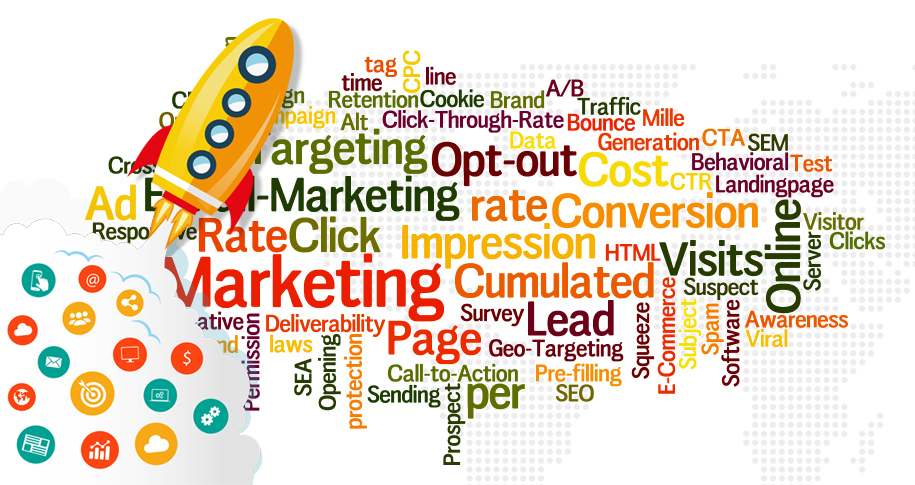Definition
A/B TestingDefinition
A/B Testing, also known as... More, also known as split testingWhat is Split Testing?
Split testing,... More, is a marketing experiment where two versions of a webpage, email, or other marketing asset are compared to determine which one performs better. The goal is to enhance user experience, increase conversions, and achieve specific business goals by making data-driven decisions.
How A/B TestingDefinition
A/B Testing, also known as... More Works
The process involves creating two versions: A (the control) and B (the variation). These versions differ in one or more elements, such as a headline, button color, or image placement. Traffic is then split between the two versions, and metrics like click-through rates (CTR), conversions, or engagement levels are tracked.
For example, if you’re running an e-commerce website, you might test two versions of a product page. Version A has a “Buy Now” button in green, while Version B uses orange. After running the test, you’ll identify which color drives more purchases.
Importance of A/B TestingDefinition
A/B Testing, also known as... More
- Improved Conversion Rates: A/B TestingDefinition
A/B Testing, also known as... More allows marketers to identify the most effective design or messaging to convert visitors into customers. - Data-Driven Decisions: Rather than relying on intuition, businesses can use empirical evidence to shape their strategies.
- Enhanced User Experience: By understanding what resonates with users, marketers can create more personalized and engaging experiences.
Key Elements to Test
- Headlines and Subheadings: These are the first elements users see. Testing different messaging can impact engagement.
- Call-to-Action Buttons: The text, color, size, and placement of CTA buttons can influence click-through rates.
- Images and Videos: Visual content can evoke emotions and significantly affect user behavior.
- Forms: The number of fields, layout, or type of questions can determine whether users complete the form.
- Pricing Display: How pricing is presented can sway purchasing decisions.
Best Practices for A/B TestingDefinition
A/B Testing, also known as... More
- Test One Variable at a Time: To understand the impact of a single change, avoid testing multiple elements simultaneously.
- Ensure a Large Sample Size: The results will be more reliable if you test a significant number of users.
- Run Tests for an Adequate Duration: Allow the test to run long enough to gather meaningful data, accounting for user behavior variations on different days or times.
- Use Tools: Tools like Google Optimize, Optimizely, and VWO simplify the testing process and provide robust analyticsDefinition
Analytics refers to the sy... More. - Analyze Results Carefully: Statistical significance is crucial to ensure the observed changes are not due to chance.
Common Mistakes to Avoid
- Insufficient Sample Size: Drawing conclusions from a dataset that is too small can lead to inaccurate results.
- Changing Variables Mid-Test: Altering test parameters can invalidate the results.
- Not Considering External Factors: Seasonality, user device type, or marketing campaigns can influence outcomes.
Conclusion
A/B TestingDefinition
A/B Testing, also known as... More is a cornerstone of modern digital marketingWhat Is Digital Marketing?
Digital ma... More, offering a systematic way to optimize assets and achieve better results. When implemented effectively, it minimizes guesswork, maximizes ROI, and ensures that marketing strategies align with user preferences.
